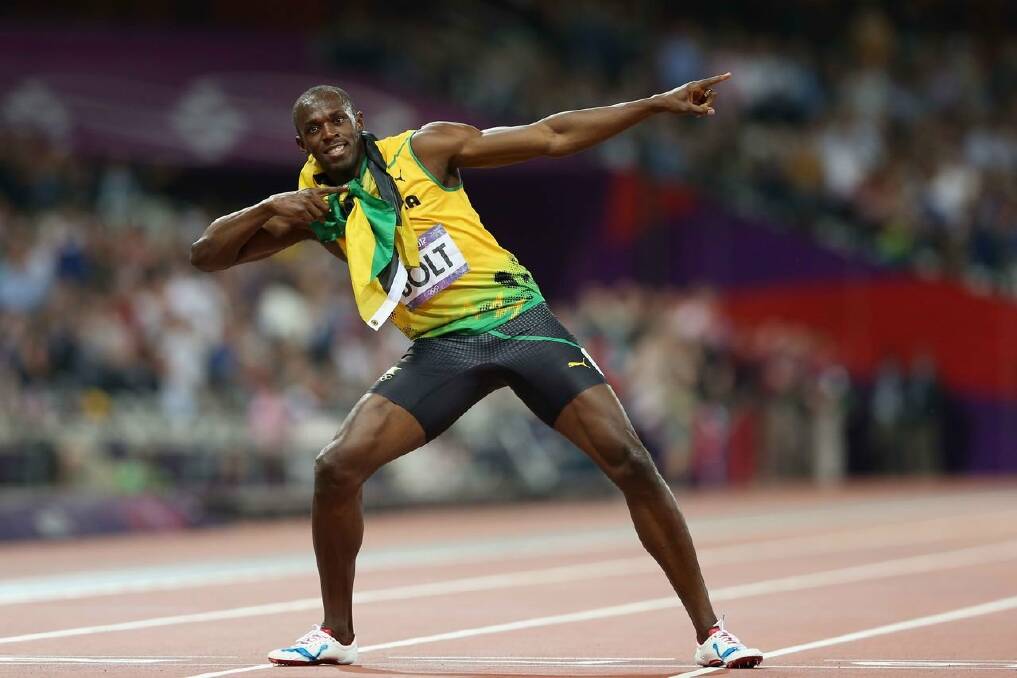Mona Lisa, Mona Lisa men have named you. You're so like the lady with the mystic smile.
Subscribe now for unlimited access.
or signup to continue reading
Is it only 'cause you're lonely they have blamed you? For that Mona Lisa strangeness in your smile?
Do you smile to tempt a lover, Mona Lisa? Or is this your way to hide a broken heart?
Many dreams have been brought to your doorstep. They just lie there, and they die there.
Are you warm, are you real, Mona Lisa? Or just a cold and lonely, lovely work of art?
Nat King Cole belted out that famous tune and it’s almost as well known as Leonardo da Vinci’s enigmatic portrait.
The Mona Lisa is the main attraction at the Louvre museum in Paris, where it’s seen by millions each year. It’s also worth millions. Recently, it was valued at $800 million. No wonder it’s exhibited behind a layer of bulletproof glass.
It was painted around the years 1503 to 1506 during the Italian Renaissance. The Mona Lisa is the most famous work of art in the world. It’s an icon.
So we couldn’t help but be drawn to Merewether artist Maggie Hall’s altered Mona Lisa, which will feature in her exhibition, White Mushrooms and Painted Gods, at Watt Space Gallery in Newcastle.
The exhibition will be unveiled at an opening night at the gallery on Thursday.
Maggie was drawn to the Mona Lisa for its symbolism in art and religion. The painting is renowned for its iconography. Even recently, art historians were probing its mysteries, using a magnifying glass to examine letters and numbers spotted in the Mona Lisa’s eyes.
Was this a real-life Da Vinci Code?
The Virgin Mary
The Mona Lisa is believed to be a portrait of Lisa Gherardini, an Italian aristocrat. Her husband commissioned da Vinci to paint her portrait.
The fact it resembles paintings of the Virgin Mary is the subject of much intrigue and inquiry in the art world and beyond.
“I chose this image for the curious nature of its existence,” Maggie Hall said.
From a young age, Maggie had a heightened focus on the visual sense, patterns and colour. This is expressed through her art.
To her, iconography is a way to decipher that “which is both seen and felt”.
“Art in all forms, though more often the visual arts – including film – often contain puzzle-like metaphors, placed purposefully and subconsciously into the work through need or desire to pass on what otherwise may get lost in time through politics, crime and religious control,” she said.
“Therefore these art forms are a feast for a person who finds semiotics naturally fascinating.”
She considers some of the most powerful symbols to be the cross, skull, rose, sun and numbers. She finds religion to be “both simple and intricately complex”.
But it’s art where she finds “pure faith and belief, a strength of self that goes beyond the supercilious nature of manufactured religious bodies”.
“Artwork in the name of religion is often most beautiful and intricately divine, aesthetically and spiritually.
“Through the power of sacred art, we can all find some peace and belonging.”
You Gotta Bolt
And now to another icon – the so-called fastest man alive, Usain Bolt. Jets fan Ross Greig couldn’t resist a dig at the Mariners for giving a trial to Bolt.

“This would give them a great advantage in a semi-final over two legs. Perhaps, he missed out on Bolton Wanderers,” Ross wisecracked.
As well as being a World Cup fan, Ross is also a devotee of historical humour.
“Germany didn’t do too well in Russia this time either. And the French succeeded where Napoleon couldn’t,” Ross noted wryly.
He conceded he shouldn’t mix politics and war with football, but he couldn’t help it. Anyhow, who’d be against a bit of humour at the Nazis’ expense? Napoleon deserves his fair share, too.
Ross felt sorry for fans who watched Croatia lose the World Cup final to France at the Croatian Wickham Sports Club (very) early on Monday morning. He lamented that the Croatians had a “chequered” tournament.
After a chat with Ross, we told him we had to dash – deadlines and all that.
“You gotta Bolt,” Ross quipped.
- topics@theherald.com.au

